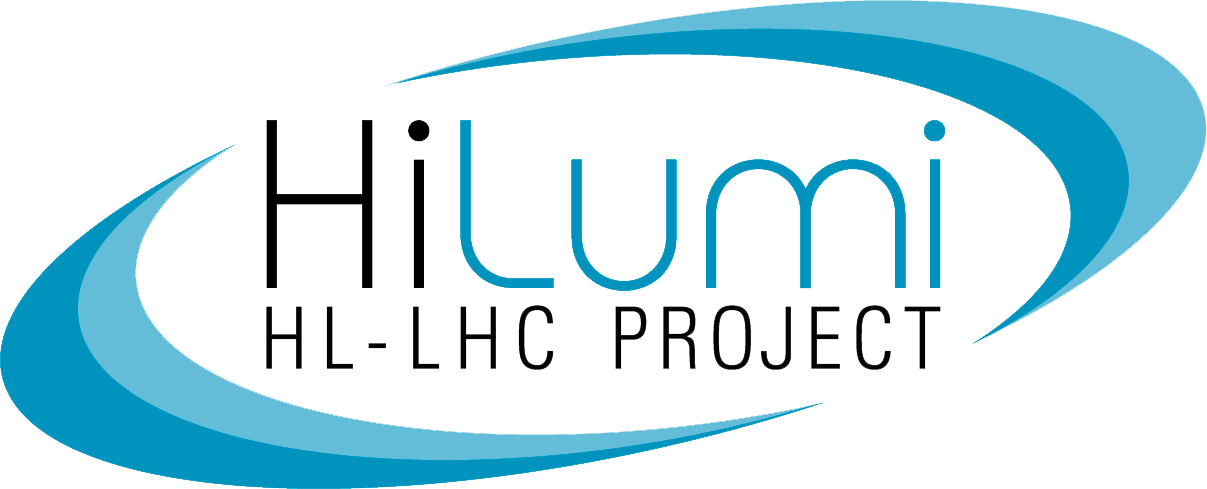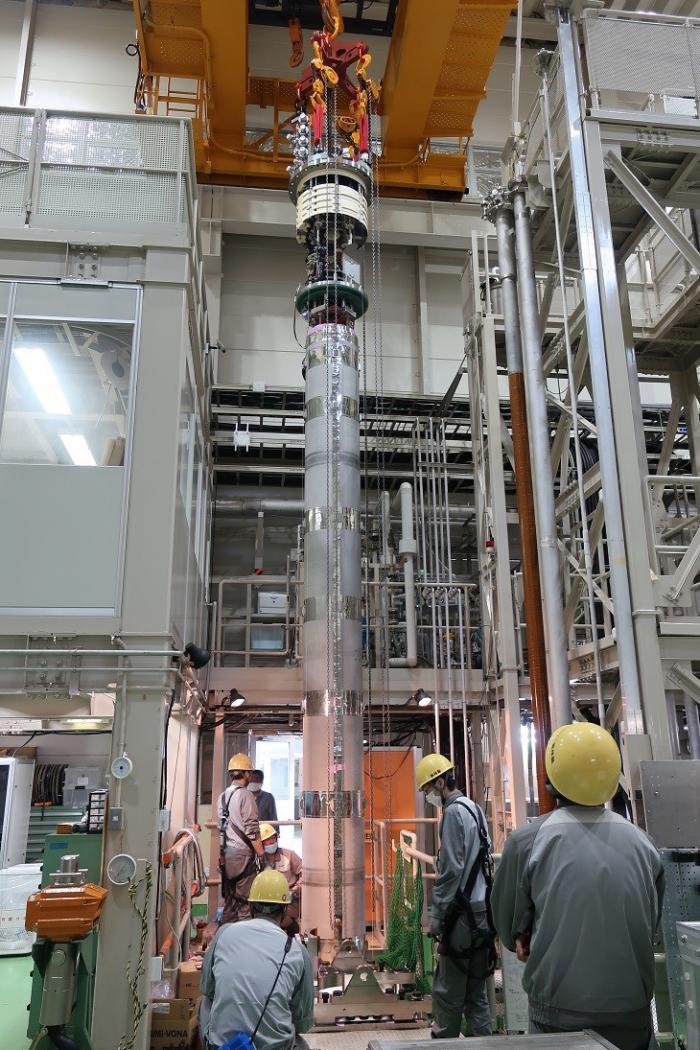Six separation dipoles will be delivered to CERN as in-kind contribution from Japan. The magnet design, manufacturing and testing is steered by a team led by Tatsu Nakamoto in KEK laboratories.
In 2019 the short model program was successfully completed. It included three 2-m-long-magnets, manufactured in KEK, which assess the design concepts, engineering, and compliance to the required performance. For the prototype and the six series magnets, whose length is 7-m, the manufacturing activities moved to an external contractor in 2020, with the tender attributed to Hitachi.
Notwithstanding the difficulties related to a technology transfer during the COVID-19 pandemic, the prototype magnet has been completed in Hitachi in April 2021 and has been tested at the end of June in the vertical cryostat in KEK (see cover photo). The magnet successfully reached the current level required to operate LHC at 7 TeV with few quenches (see Figure 1), in line with the performance obtained in the short models. A second test run to verify the training memory will be done in September, after the KEK test station shut down, foreseen for this summer.
Figure 1: Training of the prototype in the first test run
By E. Todesco and T. Nakamoto

